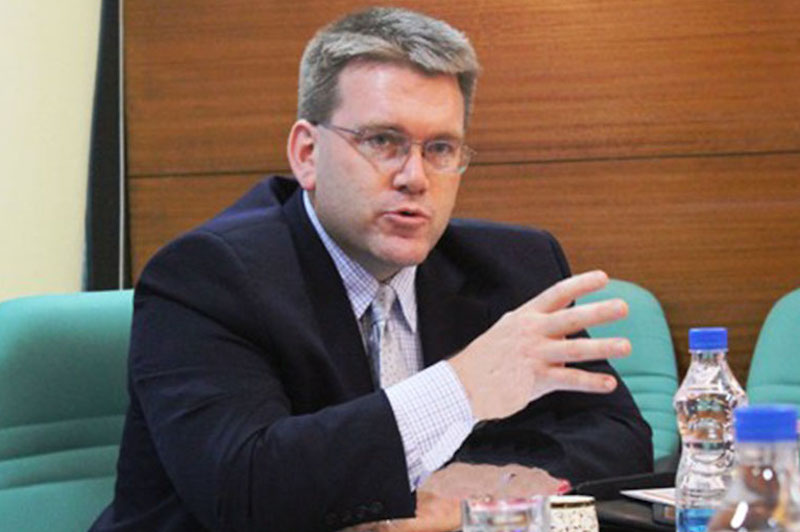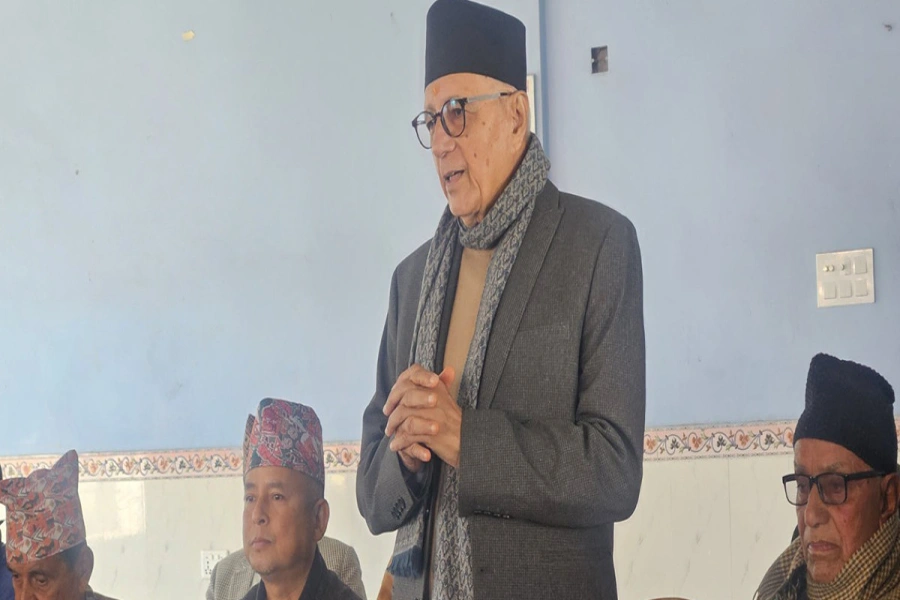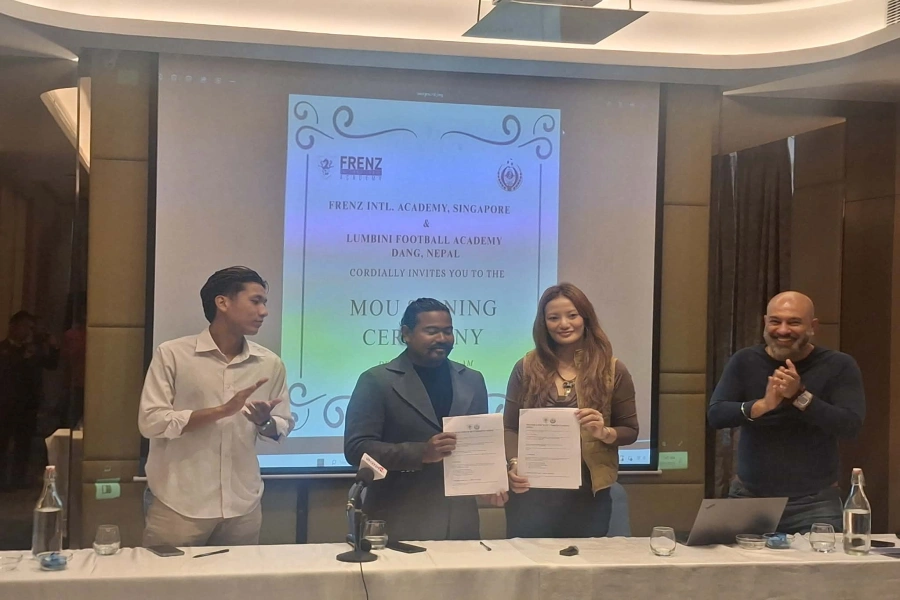In a situation where we seek enhanced international investment, a big question that also arises is - is it in our favor to lose the USD 500 million grant from the Millennium Challenge Corporation (MCC) to upgrade our power grid? I feel, it is not.
The documentary '14 peaks: Nothing is Impossible' was released recently on Netflix. It tells the story of a Nepali mountaineer Nirmal Purja, who scaled all 14 of the world’s highest peaks above 8,000 meters in under seven months in 2020 and astonishingly broke the earlier record of 8 years. The world remains in awe of his courageous achievement and a deep sense of pride runs through Nepal.
Just like 14 Peaks, the time has come for Nepal to share one more story of glory. If that documentary was about the extraordinary achievements of a Nepali, this story is not an ordinary tale either. It is about how the Himalayan country of Nepal comes together to perform and turn a critical situation of acute shortage of electricity into surplus through strategies, policies, and collective actions.
Nepal is known for its tremendous hydropower potential. But, it could not generate enough since the birth of hydroelectricity in the country in 1911. In fact, its generation capacity of 557 MW in 2005 started to prove grossly insufficient to meet the increasing demands of a growing population and economy. This pushed Nepal into an acute power crisis phase from 2006 to 2017.
Adversities do breed opportunities. What Nepal was unable to achieve in a century, it accomplished in a decade by looking inward and through collective actions. Today Nepal has come out of the crisis and remains in a comfortable state. The generation capacity has surpassed 2,000 MW and it is moving firmly to achieve 7,300 MW by 2025.
PM Dahal joins MCC CEO Albright to celebrate the launch of the...

Why do I call this an extraordinary achievement for Nepal? Hydropower projects are not easy to develop as they are mostly located in isolated, difficult, and inaccessible terrains. Even before the first bricks of the project can be laid, it requires building access roads and camp houses, arranging for power and amenities for hundreds of workers at the project site. These are all substantial endeavors by themselves.
Ensuring a robust project design amidst significant geology and hydrology risks, arranging billions of rupees of finance for construction, and executing the project professionally without cost and time overrun is a Herculean task. Add to that, managing a complex bureaucratic and social environment to create a conducive environment for project development. It is also not an easy task. In such a complex and challenging environment, completing multiple projects to achieve over 6000 MW without much international financial support is indeed praiseworthy.
As the generation capacity keeps growing, a different challenge has started to confront Nepal. How to manage the extra electricity that it is producing above the peak domestic demand that was only 1,500 MW in 2021.
If Nepal’s peak demand is to grow by 20% annually, it can reach around 3000 MW only by 2025, creating a surplus of 4300 MW. Given that the utility has already committed to pay for all the power that is being produced through the Take-or-pay Power Purchase Agreement, it runs the risk of losing more than 90 Billion Rupees annually for the extra energy.
There are only two ways to manage the extra capacity. Either by increasing domestic demand or exporting electricity.
If one considers that 12% of the population do not have access to electricity, the per capita electricity consumption of less than 300 kWh is one of the lowest in the world, electricity accounts to only 2% in the overall energy mix, the bulk of the energy comes from biomass (80%) and imported fossil fuels (16%) and the country spends more than Rs 150 billion annually for importing cooking gas and petroleum products, there remains ample space to increase domestic consumption and utilize the energy. The export market needs no elaboration.
However, the insufficient and poor state of our transmission lines remains a big impediment. They require enhanced focus and investments. The Transmission Master Plan of the country estimates that Nepal requires in excess of Rs 700 billion to construct its high voltage transmission lines and substations alone. The investment for lower voltage transmission lines for power distribution is also huge.
Transmission lines, unlike generation plants, do not generate revenue. Accordingly, the private sector remains shy in their construction. It becomes the responsibility of the state to build them. They bring investments either from their own budget or through loans and grants from development partners and friendly countries.
Arranging multi-million-dollar international finance for infrastructure projects is always a time-consuming process. And time is of the essence for Nepal. It urgently needs investments in transmission lines to manage the power that is becoming extra. In a situation where we seek enhanced international investment, a big question that also arises is - is it in our favor to lose the USD 500 million grant from the Millennium Challenge Corporation (MCC) to upgrade our power grid?
I feel, it is not. Rather, we should conclude the deal to our advantage at the earliest and ensure the development of our transmission lines.
Even if we decline the grant, there is no denying that we are in absolute need of transmission lines. Making alternate arrangements from another international body is going to be an altogether different and long exercise. Only the future can tell if the funds will be readily available and under what conditions to secure those.
We remain in an extraordinary journey of hydropower development. We have overcome lots of challenges to reach this state. For the first time in our history, we are ready for energy exports. The need is to continue on this journey and strive for even better achievements. This is our only path to economic progress and transformation.
However, we can sustain the progress only by creating a robust infrastructure of transmission lines. The need of the day is to bring focus. Stretch and utilize all the financial resources available to us for this purpose. We have a responsibility and time is ticking. If we do not act now, we will soon be generating electricity worth billions that will have no buyers hindering our economic growth.





































